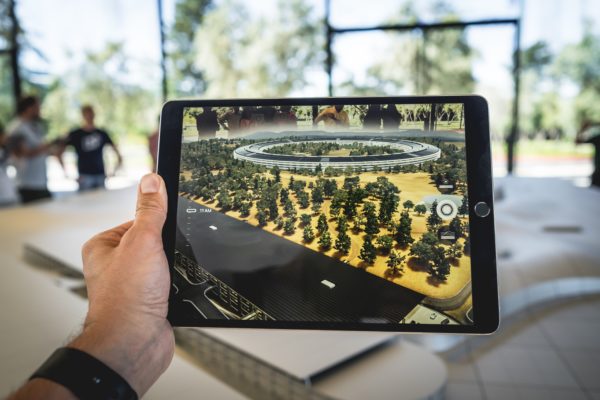Associate Professor Rimma Lapovok has received a prestigious EU Fellowship to support her research aiming to improve electricity transmission.
When it comes to hybrid materials, humans have travelled light years in recent decades. Today, hybrid materials are one of the fastest growing new material classes at the edge of technological innovation. Super hybrid materials are being sculpted by materials scientists at the nanoscale to create materials with powerful new properties.
Deakin University’s Associate Professor Rimma Lapovok has been awarded a coveted Marie Skłodowska-Curie Actions (MSCA) Individual Fellowship by the European Commission to take her hybrid materials research to the next step – and, hopefully, play a role in modernising electrical power transmission by developing a new generation of high-strength, aluminium electrical conductors.
Supporting “researchers with the highest potential to make a game-changing impact on our society and economy,” the Fellowship will fund Associate Prof Lapovok to progress her research over the coming two years.
Associate Professor Lapovok said the Fellowship offered “a once-in-a-lifetime opportunity.” She made the move to Australia from the Soviet Union in 1991, initially for a two-year project. After overcoming language barriers and cultural adjustments, she took on an array of large projects at Monash and CSIRO, accompanied by funding grants and industry awards, before joining Deakin in 2015.
Based within the Institute for Frontier Materials, Associate Professor Lapovok is seeking to nanostructure each constituent in the hybrid metal to achieve macroscale helical features.
If successful, her research could improve energy efficiency across the globe, potentially saving millions of dollars and reducing some of the environmental impact of energy production. According to World Bank reports, electric power transmission and distribution losses in the EU, Australia and most developed countries amounts to a loss of around six per cent of total electrical power generated. This figure is likely to be much higher in developing countries.
[testimonial_text]By combining metals that don’t mix together, we are able to create multi-component metal hybrids that have new properties[/testimonial_text]
[testimonial_picture name=”Associate Professor Rimma Lapovok” details=”Institute for Frontier Materials”]
 [/testimonial_picture]
[/testimonial_picture]“While alternative transmission modes have been entering the market, including composite conductors with aluminium strands reinforced by steel fibres, the production has been cost-inhibitive. This hurdle could be addressed by the nanostructured, high strength aluminium composite that we are hoping to achieve.”
Nanostructuring of aluminium alloys results in increased strength and decreased electrical resistance of conductive aluminium by about 40 per cent. In addition, the composite will be strengthened by applying the helical structure to reinforce the core conductive material. The helix structure provides a continuous process for simultaneous nanostructuring and processing of hybrid conductors.
Unlike common composites (such as alloys) that are mixed at the macroscopic level, mixing at the microscopic scale leads to more homogenous materials with new properties. Using a metalworking technique known as severe plastic deformation, Associate Professor Lapovok is seeking to make bulk production of the hybrid feasible.
“By modifying the architecture within the inner structure of the hybrid, we can create an interface bond and inter-diffusion. We are also looking at developing novel manufacturing technologies for other niche applications,” she said.



